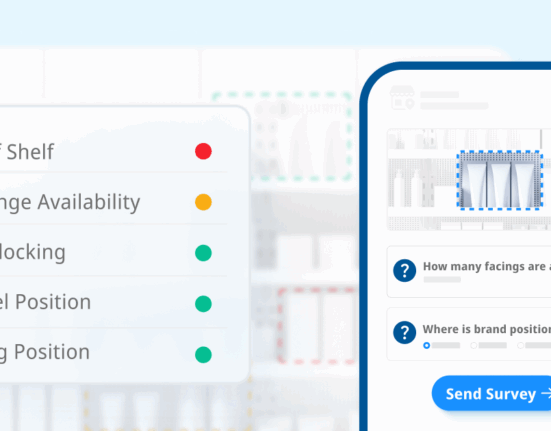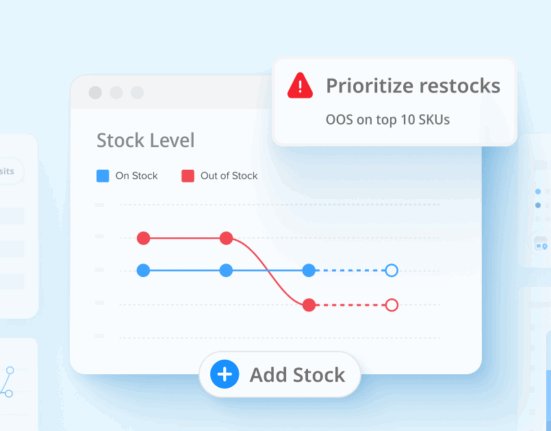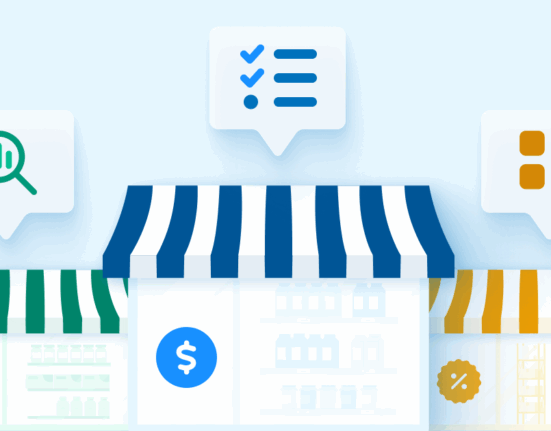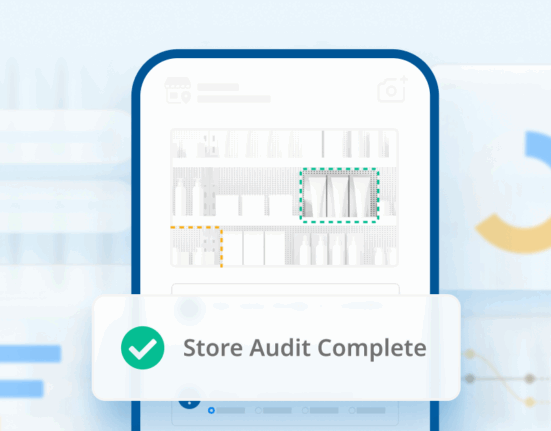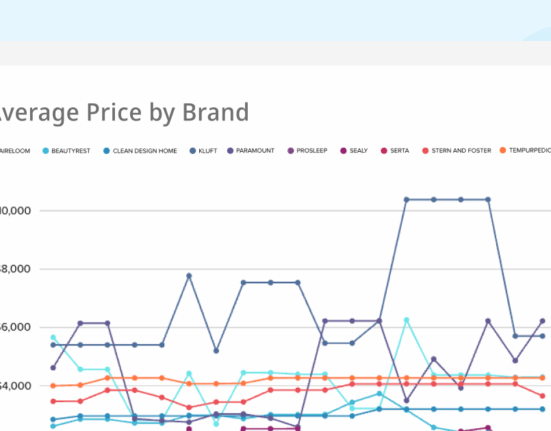Markdowns, sales, promotions, discounts, and every other word synonymous with a “deal” create sticky situations for retailers.
These words draw the attention of shoppers, but if not used properly they can cheapen your brand. They can also condition shoppers to only buy from your store when you have a sale going on. That’s why retailers have to tread lightly around discounts, markdowns, and the like.
Of course, there is the right way of going about discounts and there’s the wrong way. Unfortunately, the line between the two can become quite blurry. That line’s location depends on your brand and your ultimate goal as a retailer, but there are certain ways to run promotions that are useful for any retailer.
Here are the top ways to carry out sales and markdowns to benefit both customers and your business.
Offering a low price on a limited run of items can convince the shopper to get it before it sells out.
Create Urgency with the Markdown
One thing that’s just as upsetting as buyer’s remorse is missing out on a great sale.
So, inform shoppers that the price displayed for your product is for a limited time only. That can convince them to make the purchase right then and there. Why wait for a lower price if they know the promotion ends in a week?
Another way to create a sense of urgency is to inform customers that you have a limited supply of the item. This is useful if you’re marking down to liquidate old inventory. Offering a low price on a limited run of items can convince the shopper to get it before it sells out.
Limiting the quantity allowed to purchase can add a psychological factor that makes the customer think “wow, they really are running out and I need to get one right away.”
One retailer that uses this strategy to drive profits is Old Navy. If you walk into an Old Navy store, you know that the majority of their products are on sale for a limited time. However, if you go into the store a week later, you might find that the same or similar items are on sale, but at a slightly different markdown. It’s working well for the company, who is outperforming its umbrella brand Gap’s retail stores.
By discounting items in high demand and creating doorbusters, Old Navy has successfully attracted shoppers looking for a great deal.
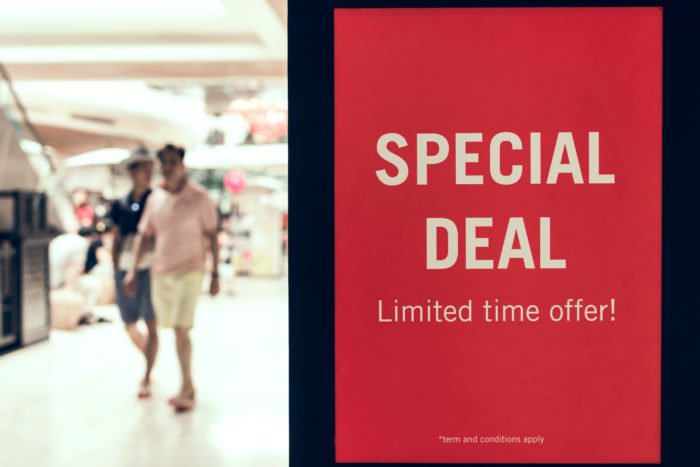
Use Door Busters
Speaking of doorbusters, offering these promotions at markdown prices is the best way to draw shoppers into your store. No disrespect to socks and gloves, but they don’t attract shoppers quite like a wool jacket does.
When you place a discount on these big-ticket items, you have to consider price elasticity of the products. This is because the market will react more favorably to inelastic price changes.
Of course, you’re going to worry about losing margins with these products. Don’t fret, you don’t have to completely take a loss. Use those other items, such as socks and gloves, to cross-sell at full price. These are items that can tie an outfit together or enhance an appliance (an HDMI cable, for example). That way you can work back those lost margins and put a spotlight on items that are normally in the back of a consumer’s mind.
Amazon is the king of this technique. They drop the prices on expensive electronics, such as high definition televisions, and offer full prices on add ons (cables, adapters, etc.). This is how Amazon has become one of the most successful retailers of all time. Shoppers will get a discounted product and a full-priced product at the normal price of the discounted one.
By establishing a seasonal pattern with your discounts, customers will only wait for certain times of the year to shop at your store.
Don’t Follow a Pattern
There was once an experiment where a scientist, Ivan Pavlov, would ring a bell and give his dogs peanut butter. He repeated this so many times that whenever he would ring a bell, the dogs would expect peanut butter and begin to salivate. Pavlov’s dogs set the foundation for the behavior known as classical conditioning, which states that people can be conditioned to expect something when a certain stimulus is provided.
This can be seen during the holidays. As a consumer, you are conditioned to expect low prices and sales during the holiday season. By establishing a seasonal pattern with your discounts, customers will only wait for certain times of the year to shop at your store since they know those products will be available at a lower price.
Don’t let this deter you from offering promotions entirely, though. Discounts are incredible stimuli for consumers, and JC Penney is a perfect cautionary tale. The company replaced sales and coupons with an everyday low pricing strategy and completely removed the feeling of accomplishment shoppers get when they find a great item at a low price for a limited time only.
Those promotions are how retailers can create hype and buzz about their store, and JC Penney’s decision to remove them entirely hurt the retailer. In the year before the strategy’s implementation, JC Penney offered about 590 sales promotions. The new strategy, combined with other rapid branding changes, led to disappointing results for the company the following year.

Closing Thoughts
Discounts, markdowns, sales, whatever you want to call them, can be sticky areas for many retailers.
On the one hand, they are great for creating a buzz about your brand. However, they also carry the possibility of hurting your brand value and conditioning shoppers to wait and shop at a later time.
Make sure every markdown is calculated carefully with the help of competitive price intelligence. Make informed decisions about your discounts with Wiser, the ultimate retail intelligence engine for retail professionals.
Editor’s Note: Contributing writers are Brian Smyth and Matt Ellsworth. This post was originally published in February 2016 and has since been updated and refreshed for readability and accuracy.




